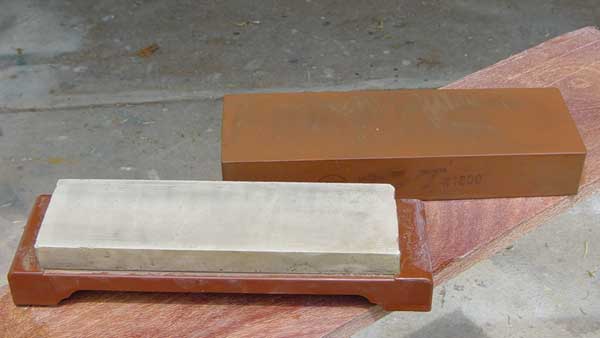Your Cart is Empty


Japanese bladesmiths used a variety of materials to produce swords, the most common of which included a combination of iron sand and coal. Previously, they only used iron sand, resulting in a type of traditional steel. It wasn't until Japan's feudal period, however, when bladesmiths in the region began adding coal. And while the additional of coal may sound insignificant, it proved instrumental in allowing bladesmiths to create stronger, higher-quality swords that weathered the hands of time.
Choosing the Right Iron Sand
When preparing to forge a sword like a katana or wakizashi, a bladesmith would first collect iron-rich sand from nearby riverbeds. Not all river sand was suitable for this purpose, however. Bladesmiths would have to visit specific areas of riverbeds to harvest sand that contained little or no sulfur or phosphorus. River sand high in sulfur and/or phosphorus lacked the characteristics needed to produce high-quality swords. As such, bladesmiths would go out of their way to find river sand that contains low or no levels of these two compounds.
The Importance of Coal
In addition to iron sand with little or no sulfur and phosphorus, Japanese bladesmiths would also use coal to make their swords. Coal was equally if not more important than river sand because it introduced carbon into the swords. Coal is essentially pure carbon, so mixing it with river sand created a high-carbon steel that was perfect for forging swords.
As Japanese bladesmiths experimented with the combination of iron-rich river sand and coal, they discovered that it allowed for stronger, more resilient swords. There was even a special name given to this combination of materials: tamahagane steel. While traditional steel often contains less than 1% of carbon, tamahagane steel contains up to 4.5% carbon, thanks to its use of coal.
Smelting tamahagane steel wasn't an easy process, nor was it fast. According to Wikipedia, it often took two to three days for a bladesmith to smelt down the iron-rich river sand and coal. And throughout this process, the bladesmith would shovel additional river sand into the furnace (tatara) about once every 10 minutes. When the iron-rich river sand and coal was finished, the bladesmith would smash the furnace to remove the now-hardened tamahagane steel.
Choosing the Right Pieces of Tamahagane Steel
After breaking the furnace, the bladesmith would selectively choose the best pieces of tamahagane steel to use in the construction of new swords. Normally, bladesmiths would choose metal located on the outside of the block. Because oxidation is stronger on the outside of the block, this area typically contained harder, stronger metal.